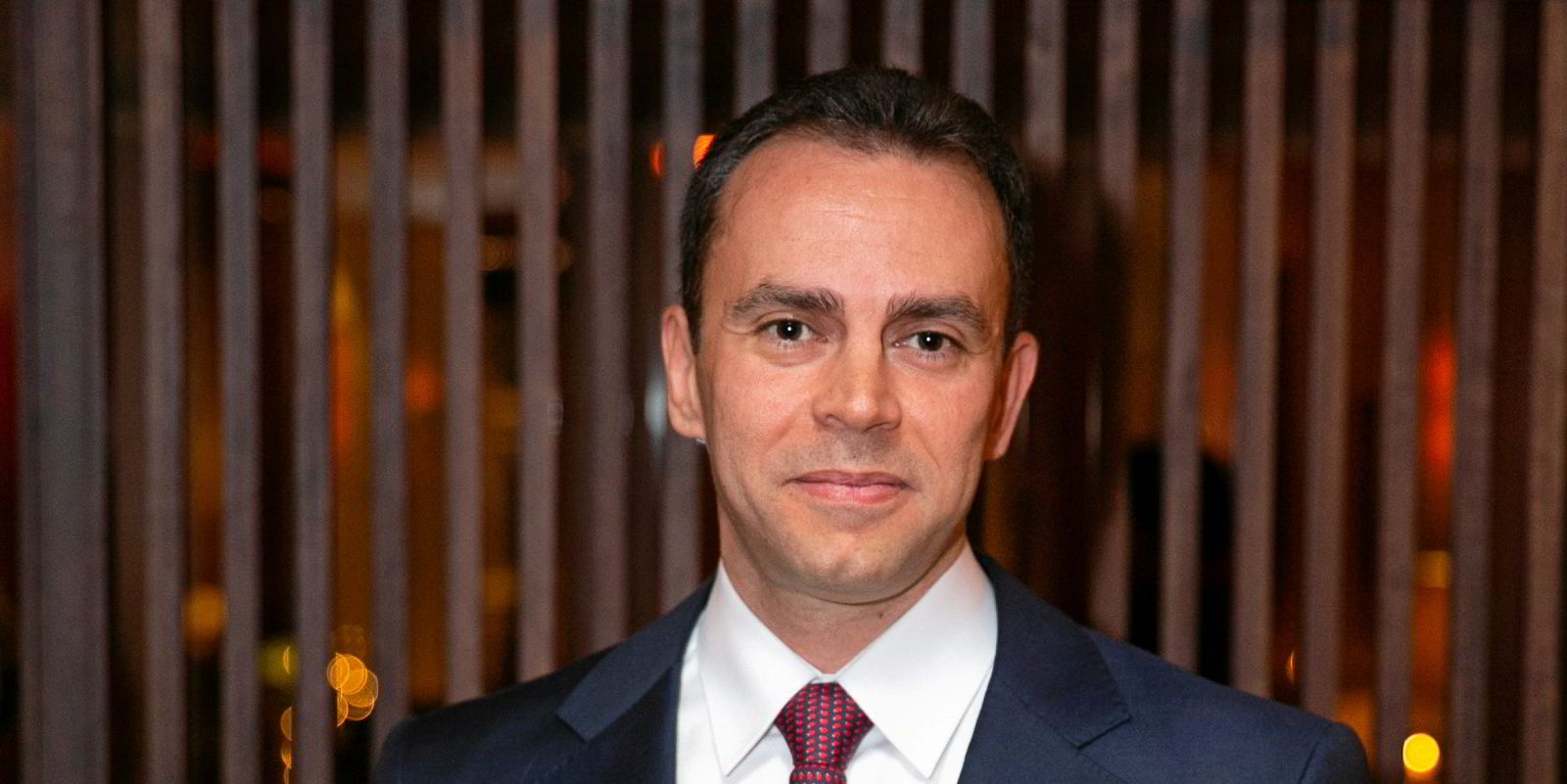We have learned throughout the years to effectively deploy capital and operate in markets that are highly cyclical and extremely volatile.
This article is part of a series written by people across shipping in response to this question about how to deploy a hypothetical TradeWinds Sustainable Shipping Fund:
How, where and why would you invest $1bn for the best return in sustainable shipping, as the industry grapples with the need to cut carbon emissions, improve efficiency and keep cargoes moving in a world facing multiple economic and political challenges? The investment will be made now and ideally held for the next seven years to the end of the decade. As an added bonus, give one policy or regulation you would like to implement from 1 January 2023 to benefit shipping?
Therefore, navigating uncertainty has always been the rule in the underlying shipping business — and today’s environment is no exception. Convergent events render investment evaluation and operating model optimisation a decision-making quagmire.
The set horizon of seven years, which in past times would have been considered quite short in evaluating assets with useful economic lives in excess of 20 to 25 years, is nowadays inherently risky in the context of a rapidly changing business environment.
In broad terms, we would divide our investment strategy into five pillars, with the first one being the progressive achievement of scale through expansion in the dry bulk, product tanker (including chemicals) and LPG carrier sectors.
The second is retrofitting our existing fleet, with the aim of improving its energy efficiency.
The third is associated with investments in digitalisation and new technologies.
Our fourth pillar is dedicated to our human capital, and the fifth relates to entering new markets but always as a global tonnage provider and operator.
On the fleet-renewal and upgrading fronts, the primary driver will be energy efficiency, taking into consideration new vessel designs, emerging fuel technologies along with their readiness level and finally fuel availability. For newbuildings, flexibility granted through both the engines selected as well as the vessel structure and specifications will be of the utmost importance during the transition period to greener fuels.
Regarding digitalisation and technological advancement, our capital deployment will be in the form of cooperation with first-class technology service providers in the shipping industry.
Recruitment of new talent, upskilling of our existing manpower both on shore and at sea, and the improvement of their health, safety and wellness, will be at the centre of our efforts.
In relation to entering new markets, the focus will be to capitalise on our experience as an owner and operator of oceangoing vessels, and potentially venture into emerging or more niche sectors through servicing the transportation needs of the renewable energy industry, of alternative marine fuels or by providing transportation tonnage to the carbon capture and storage value chain.
We feel accountable to society and the next generations, and are ready to fulfil our part in the broader cause of creating a sustainable world. We are strong believers in the idea that no country, company or individual can be sustainable on its own. Therefore, collaboration and integration is needed.



